The daisy flower has been recorded and documented throughout the centuries thanks to its popularity in many major civilizations.
As such, it has a colorful past, which we’ll discuss in the next sections. Let us take a closer look at the history of the daisy as well as how different cultures view this flower.
What is a daisy?
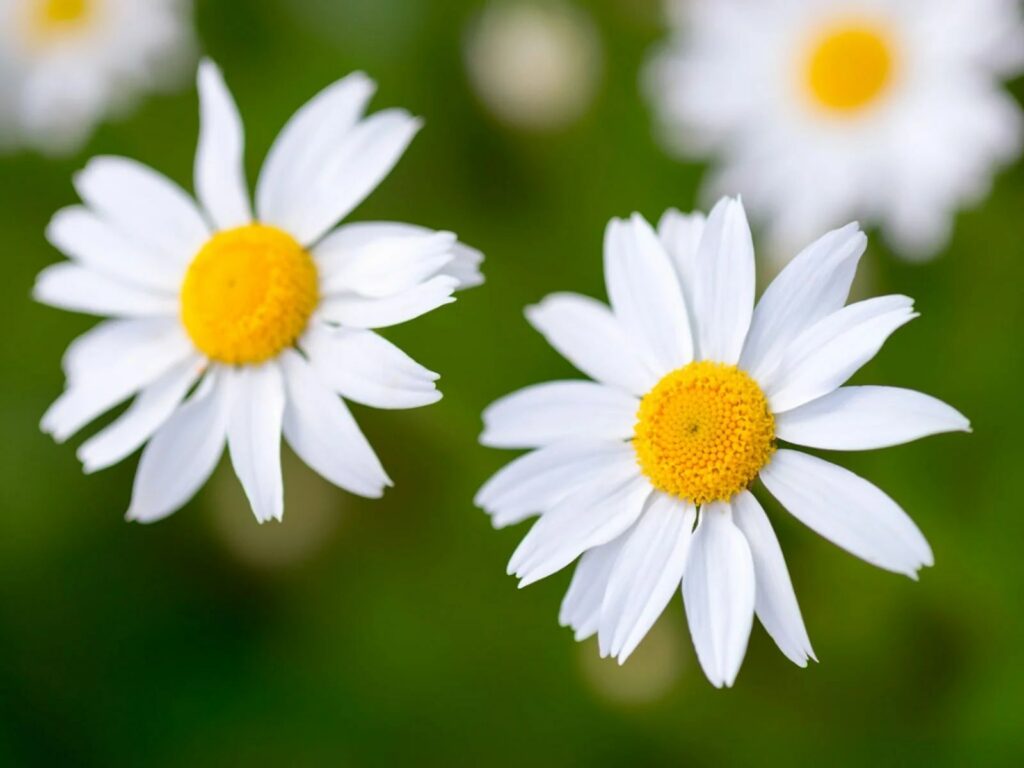

The common daisy, scientifically referred to as Bellis perennis, is a perennial plant that can grow up to 8 inches tall.
As a perennial, the daisy can survive multiple seasons by hibernating during winter and sprouting once again come spring.
It’s quite common in Europe and Asia, and the most distinguishable feature of this plant is its flower.
A wild daisy flower has a bright yellow center surrounded by small, thin petals. This flower is connected to the plant by a single stem.
The vivid and bright color of a daisy flower makes it a favorite for pollinating insects like bees and butterflies. Because of this, any place where a daisy can thrive usually has a high number of them due to pollination.
The Origin of the Daisy Plant
The daisy plant originated in Europe and Asia, but human intervention and contact with other continents have allowed daisies to spread throughout most of the Earth’s continents except for Antarctica.
The daisy’s resilience and quick growth cycles have led to it making up more than 10% of all the flowers on Earth.
When was the daisy plant first discovered?
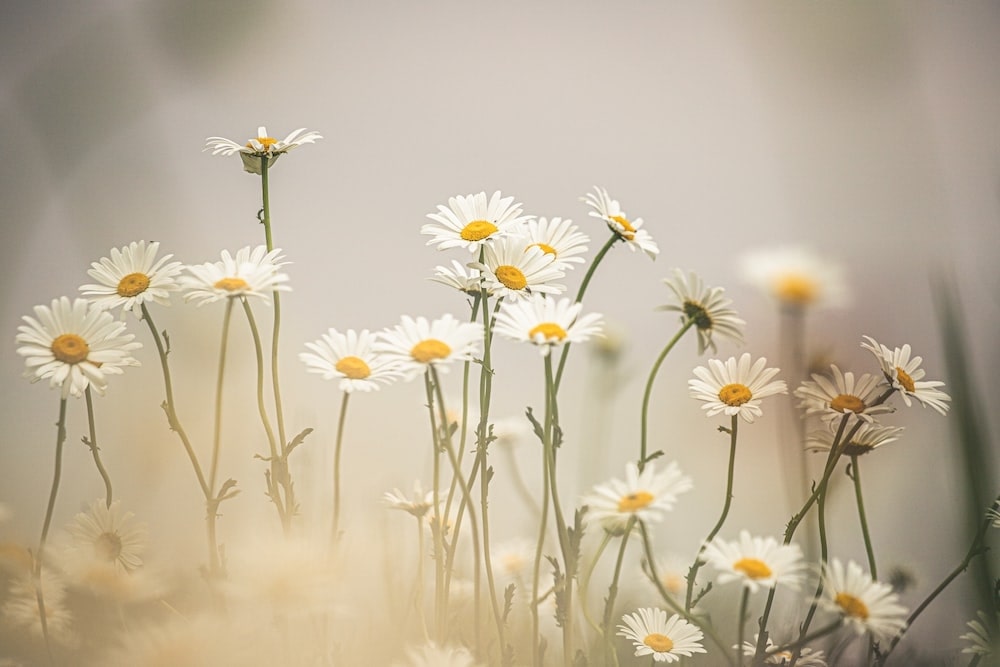

The daisy plant is common in the regions of Europe and temperate Asia, but the first records about it are from the ancient Egyptians in 2200 BC.
According to Egyptian records, daisies were cultivated in many gardens, and they were even used as medicines.
The most common type of daisy today, gerbera, was discovered in South Africa in 1884 by a Scottish explorer named Robert Jameson.
After his discovery, gerbera daisies were sent to the United Kingdom where they quickly took off as one of the most popular types of daisies thanks to their vibrant colors and hardiness.
How did the daisy flower get its name?


The daisy flower got its name from an Old English phrase “daes ege,” meaning day’s eye. This name was inspired by the plant’s behavior: its petals will close during the night and open at dawn.
As such, the daisy plant has long been a symbol of welcoming a new day.
Does the daisy flower have medicinal properties?
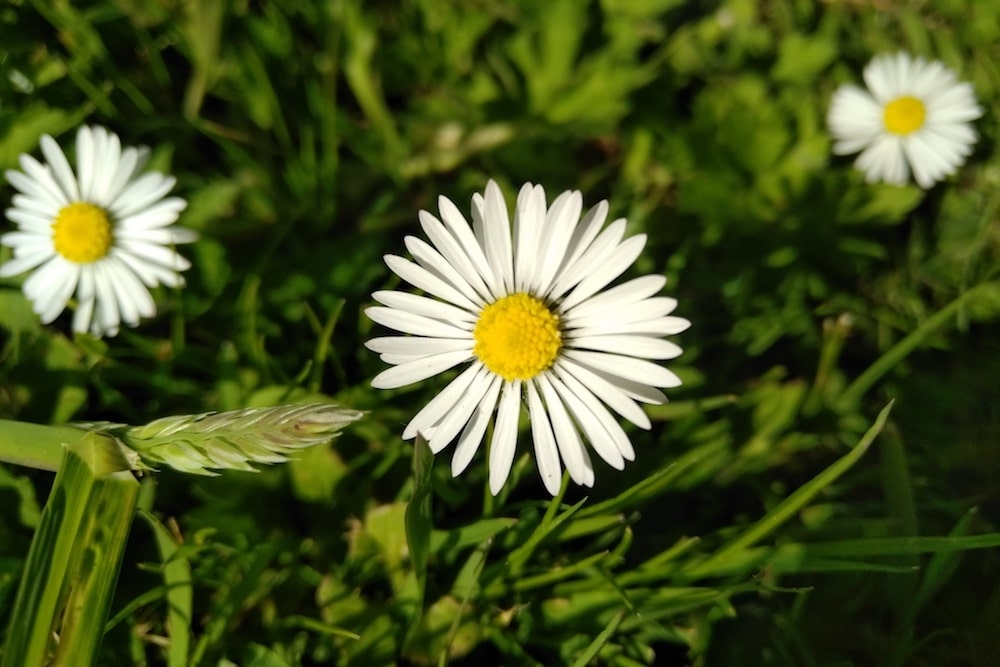

The daisy flower has medicinal properties and has been used in medicine for centuries.
Here are some health benefits the daisy flower can provide:
Daisy Flower as a Wound Healer
Ancient Egyptians back in 2200 BC used the daisy as a wound healer, and it was applied on scrapes and cuts suffered by soldiers and common folk.
The ancient Egyptians were right to do so, as it was recently found in a study that wounds subjected to treatment with daisies can heal with almost no scarring.
The daisy flower can act as a pain reliever
Aside from its wound-healing abilities, the daisy flower is also commonly used as a pain reliever. The pain-relieving ability will take effect after rubbing the flower and its extract on your aching joints.
Because of this, the daisy plant is sometimes also called “the gardener’s friend.” Gardeners who have to squat or bend down the entire day can use them to relieve aches.
The daisy flower extract can help cure colds
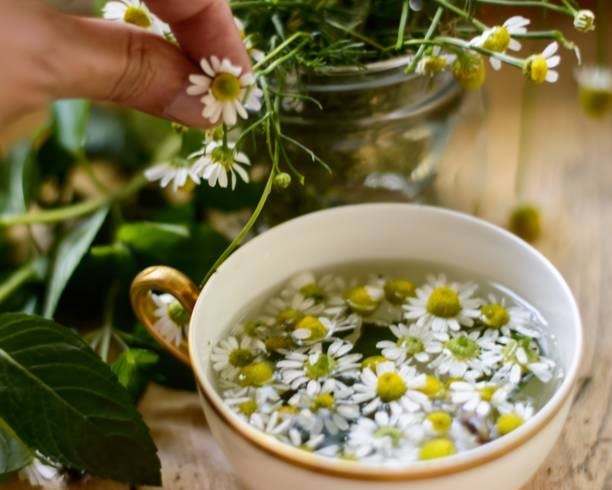

Another useful medicinal trait of the daisy flower is the ability of its extracts to help relieve cold infections and coughing symptoms. The reason for its effectiveness lies in its high amount of Vitamin C, almost equal to those found in lemons.
The daisy flower extract has anti-cancer compounds
According to a published study made in 2014, certain chemical compounds found within daisy flower extract have exhibited properties that inhibit the growth of tumors in the body.
However, the research on this subject is still in the early stages and may not actually mean that regular consumption of daisy extract can prevent cancer.
The Symbolism of the Daisy Flower
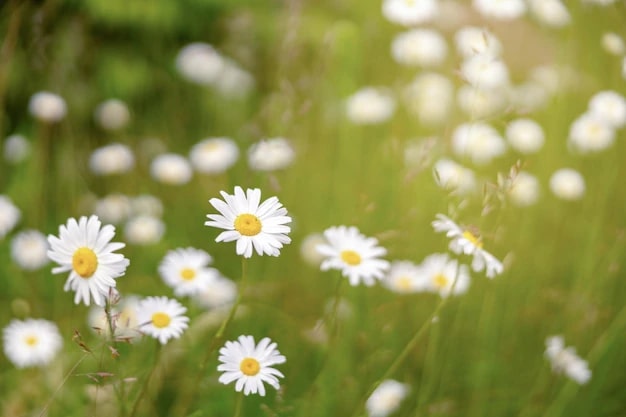

This section will cover the cultural significance of the daisy flower back in ancient history as well as in the modern world.
What does the Daisy flower symbolize in the ancient world?
Ancient civilizations like the Romans see the daisy flower as a symbol of innocence, while others like the Norse view the flower as a symbol of fertility.
Daisy in Ancient Roman Culture
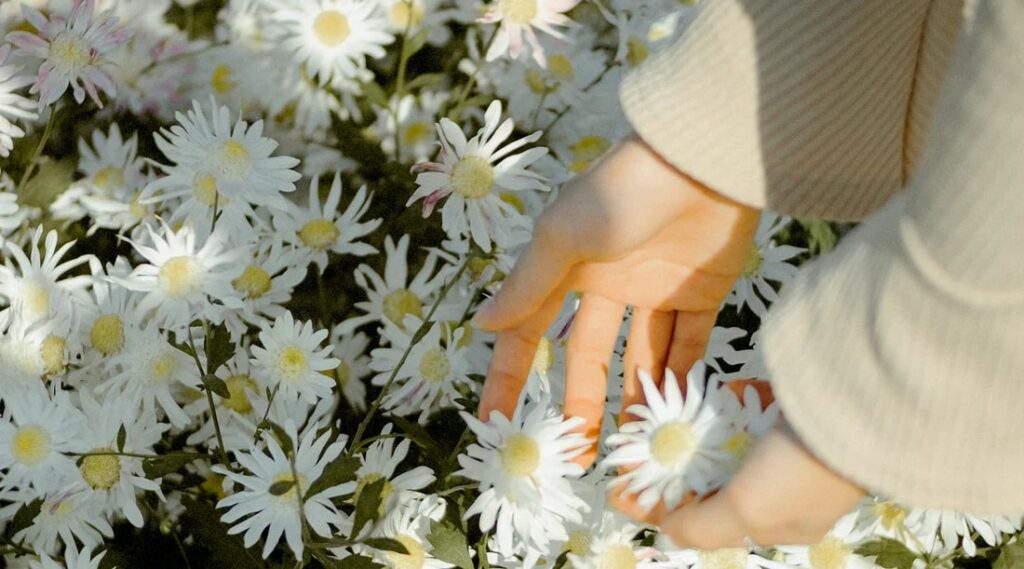

The Romans associated the daisy with the mythical story of Vertumnus and Belides.
In Roman myth, Vertumnus is the god of seasons who has taken a liking to the nymph Belides. However, Belides has no interest in being with Vertumnus.
With her delicate nature, she doesn’t want to reject Vertumnus outright.
And thus, she instead turns herself into a daisy so she can’t answer Vertumnus but still keep her beautiful appearance.
The Romans believed that like Belides, the daisy flower is a representation of those who are innocent and pure.
Daisy in Nordic Culture
Unlike the Romans who viewed the daisy as a symbol of purity, the Norse viewed them as a symbol of fertility and love. This is because they associated the daisy flower with Freya who was their goddess of fertility and motherhood.
According to Norse mythology, the daisy is Freya’s favorite flower, so the flower’s meaning was taken from the goddess’ virtues and power.
Daisy in Celtic Culture


In Celtic culture, the daisy flower has a gloomy yet hopeful meaning. As their stories say, when a child dies, the ancient gods scatter daisies around the world to cheer up the child’s parents.
While other cultures may view daisies as symbols of purity and fertility, the Celts view them as hope and a chance to move on from the loss of a loved one.
What does the daisy flower represent in the Bible?
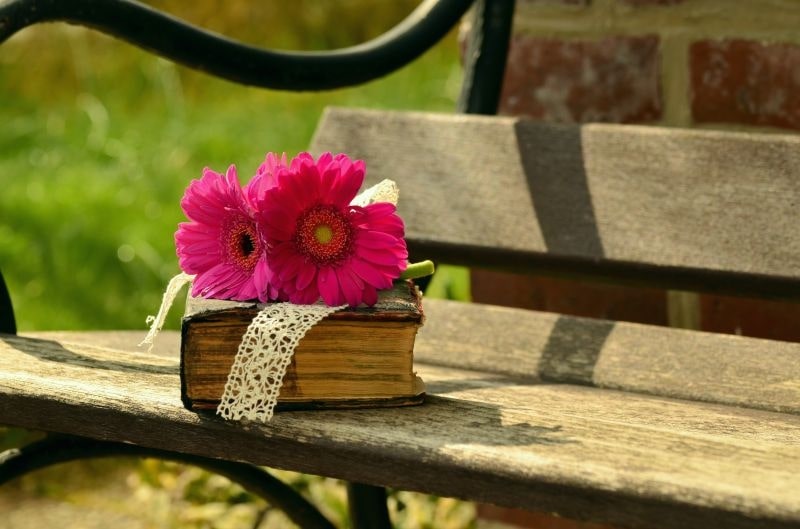

In the Bible, the daisy flower is a representation of the Virgin Mary.
Because the story of the New Testament happened while Palestine was under Roman control, the Roman view of daisies as a symbol of purity and innocence also spread to the Palestinian people.
The symbol of purity was then associated with Virgin Mary who, as the Bible says, lived a pious and pure life.
What does the daisy flower symbolize today?


Nowadays, the daisy flower has come to symbolize hope and new life. This flower is typically given as a gift for those who are expecting a child as well as when celebrating the birth of a new baby.
As a symbol of new beginnings, the daisy flower is also a popular gift for those who are about to start a new chapter in their lives. A daisy is a perfect gift for those who’ve recently graduated and for people who are about to start a new job.
What is the birth month the daisy flower is associated with?
Daisies are known as the April birth flower. This is because the month of April is when the spring season is in full effect, and thus daisies are also beginning to sprout.
What personality is the daisy flower associated with?
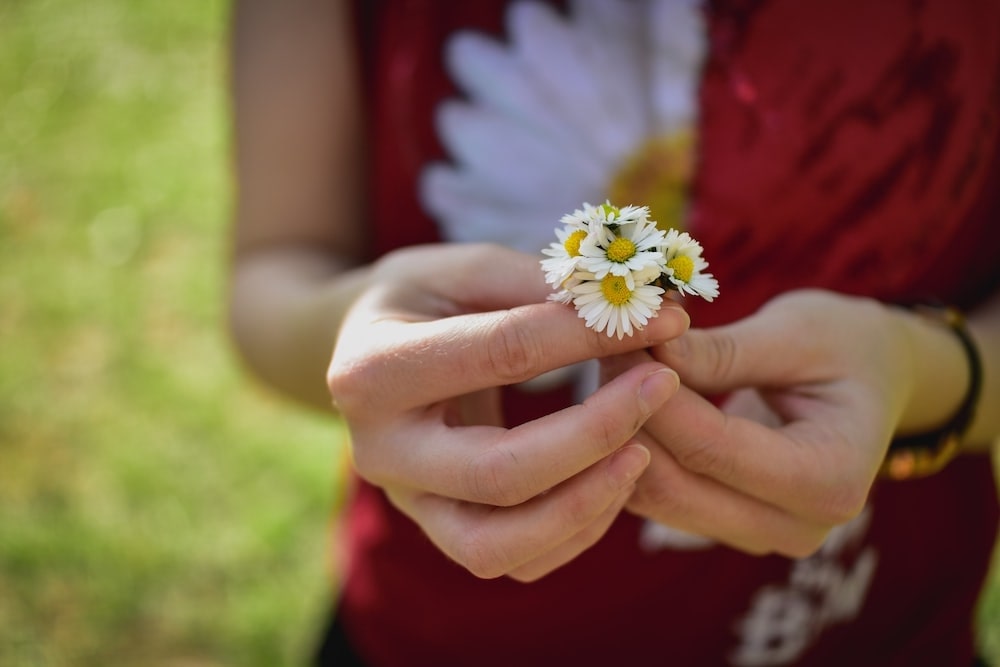

Daisies represent people who have a cheerful and positive attitude. Like a daisy blooming at the arrival of sunlight, these people are ready to start their day with a smile.
The Meaning Behind Each Daisy Color
Did you know that while the daisy generally represents new beginnings, there are still specific meanings behind each daisy color?
If you want to give a daisy to someone, it is best to pick a specific color that can accurately convey your emotions to them.
Here are the meanings behind each daisy color:
Red daisies mean love
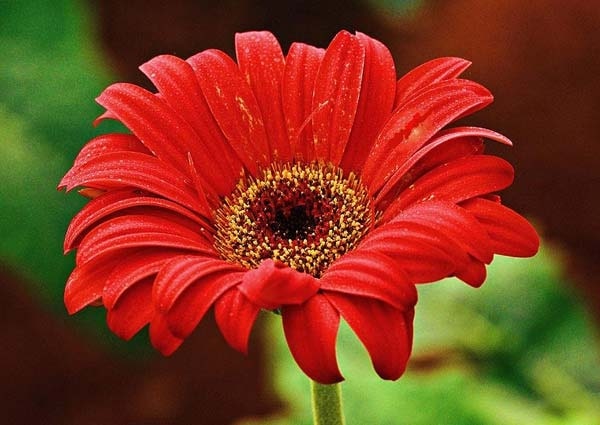

Giving a red daisy conveys your love and affection to someone.
Give a bouquet of pink daisies to your spouse or romantic partner to let them know that they will always be a very special part of your life.
Blue daisies represent loyalty
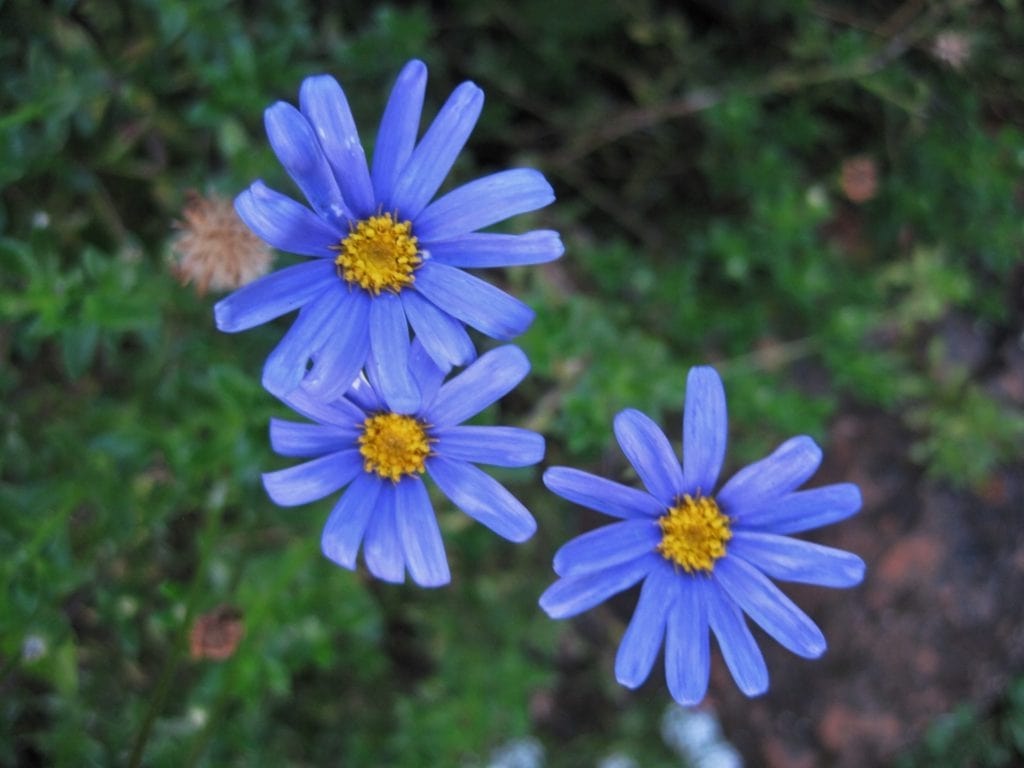

The blue daisy represents trust and loyalty. People who’ve stuck with you throughout the years like your reliable best friend will appreciate a gift like this from you.
White daisies symbolize purity
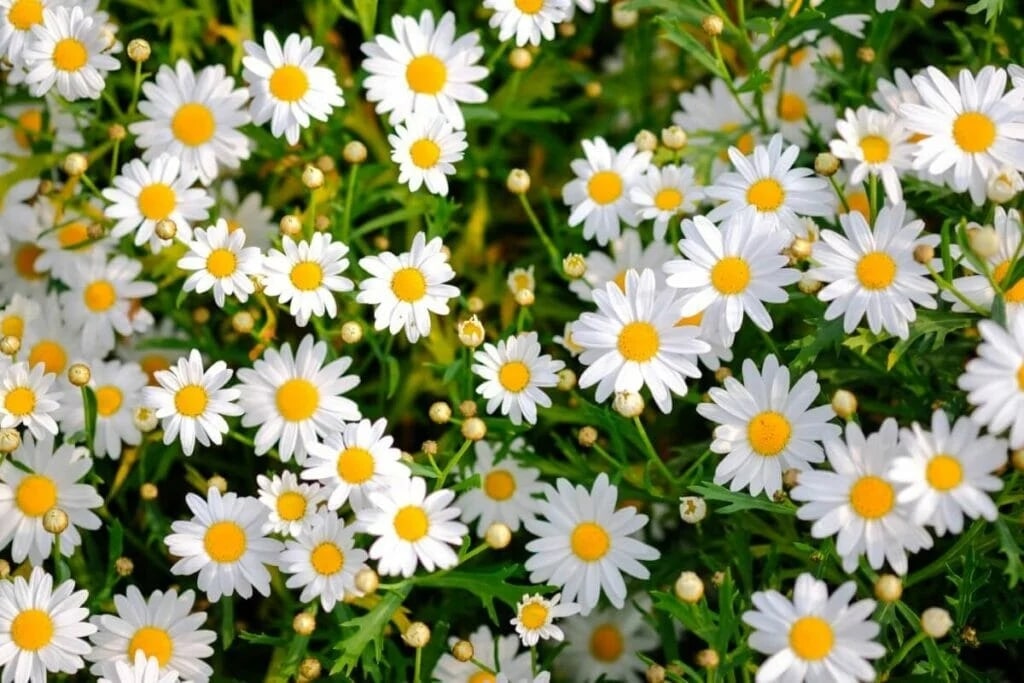

The most common color of daisy, a white daisy represents purity and innocence. Because of its perceived meaning, the white daisy is a popular gift for newborn babies.
Yellow daisies mean happiness
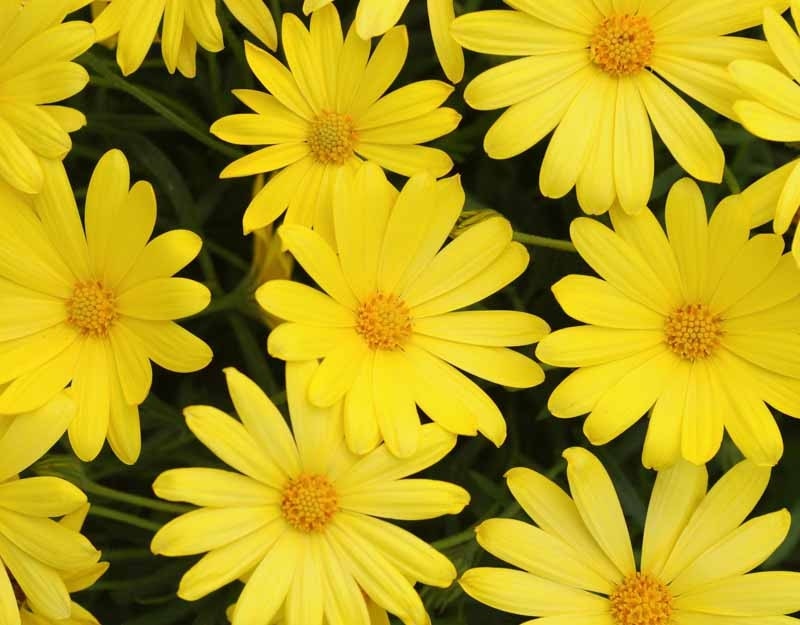

The bright yellow color that yellow daisies showcase makes them the perfect symbol of happiness and cheerfulness.
Remember someone who always makes you smile when you meet? Give them a yellow daisy to let them know that.
Purple daisies are a gesture of remembrance
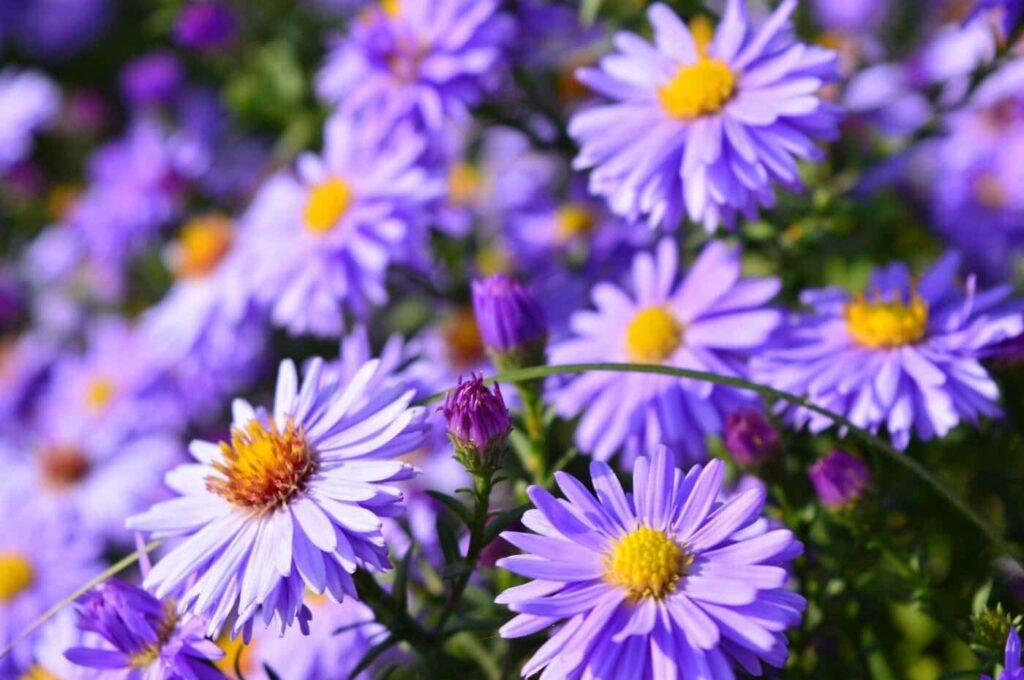

Purple daisies convey that you remember someone and that you pray for their speedy recovery.
If an unexpected accident occurs to someone you care about, like a friend who had to be hospitalized, make sure to send them a bouquet of flowers with purple daisies.
Pink daisies mean expressing admiration
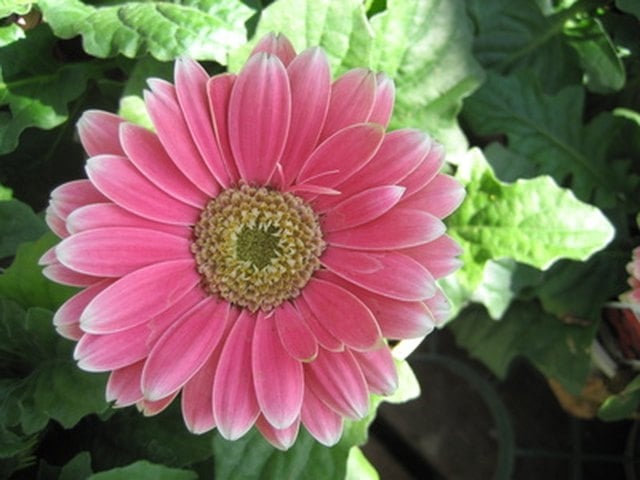

While red daisies portray love, a pink daisy expresses admiration for someone. It’s a flower you can give to your crush or someone you idolize.
Aside from people you have a romantic interest in, pink daisies can also be given to friends and family whom you really treasure.
Lists of Flower Delivery Services
Planning to gift a daisy to someone? Here are some flower delivery shops you might want to consider.



